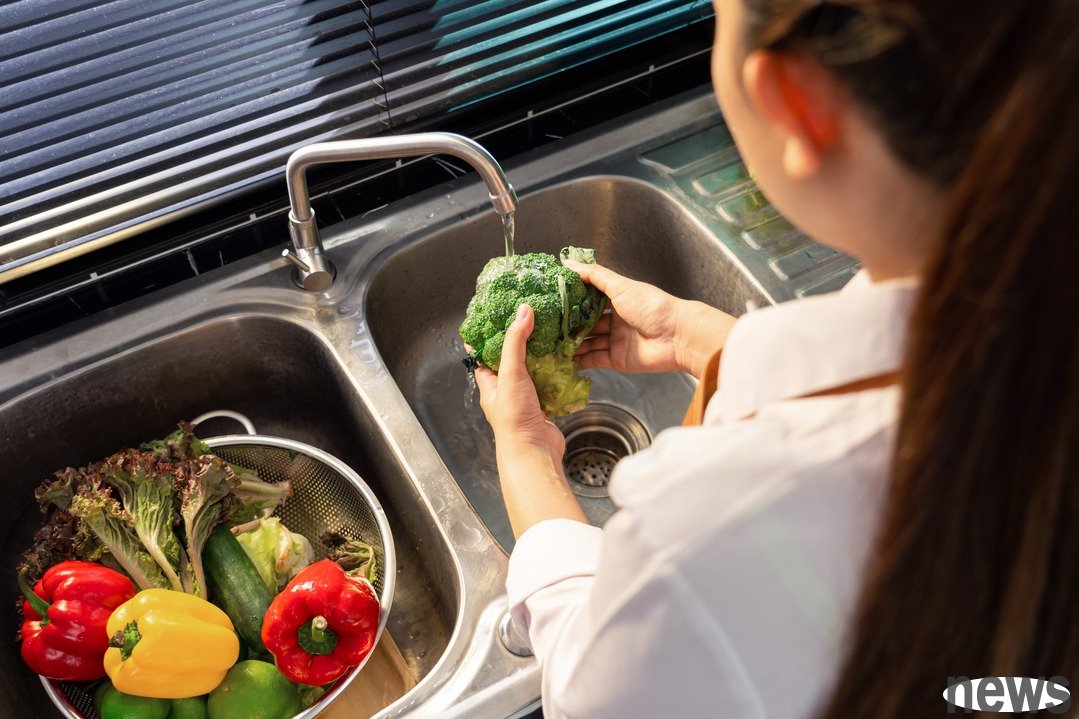Drying and iodine are essential minerals in humans. The debris mainly involves acid balance, neuronal information transmission, and control of muscle contraction and cardiac rhythmic beating. When hypochondria occurs in the body, symptoms such as mu...

Drying and iodine are essential minerals in humans. The debris mainly involves acid balance, neuronal information transmission, and control of muscle contraction and cardiac rhythmic beating. When hypochondria occurs in the body, symptoms such as muscle aches, heartbeat and abnormal myocardial activity will occur; iodine provides the elements required for thyroid hormone production. If thyroid hormone production is insufficient, it will lead to a decrease in the base reproduction rate, abnormal energy reproduction, and severe iodine deficiency will cause thyroid glands and hypochondria.
The drill is sufficient to prevent blood pressure from risingThe requirements for the drill and iodine amount at different ages are different. The debris and iodine required by babies under one year old mainly comes from breast milk or side foods.
{9999}{9999}Adults take 2,000-5,000 mg of drill every day, which is beneficial to the prevention of diabetes; taking enough drills can also help prevent blood pressure from rising, replenishing the drills or reducing the kidneys, which can lower blood pressure for patients with hypertension or those with high blood pressure.
Insufficient iodine intake, provoked syndromeIodine intake is related to autoimmunity of the thyroid glands. The iodine nutritional status is U-shaped and the autoimmunity risk of adults. The urine iodine concentration is 100-299 micrograms per liter, which can avoid autoimmunity of the thyroid glands. If the iodine intake is insufficient, it will increase the epithelium syndrome in adult women with normal thyroid function, but it is not affected by men.
Insufficient iodine intake in women during pregnancy will affect fetal brain development and change fetal growth. It is recommended that women need to take at least 150 micrograms of iodine per day, but not more than 300 micrograms.
●Cooking method: Baking, boiling
Iodine salt is usually mostly made by adding iodine detergent as the source of iodine. Adding iodine salt will not allow food to absorb iodine, but cooking will lead to the loss of iodine in the ingredients or iodine salt. Generally, high-temperature baking will not degrade iodine salt, and boiling and pressure cooking will cause iodine to be lost. During boiling, most of the iodate will turn into ionic iodine and a small amount of molecular iodine, and will flow into the soup juice. The same is true for water-soluble debris ion.
●Ingredient cutting: Wash first and then cut, do not cut finely
Cutting methods of food will also lead to the loss of iodine and the drill, and fine crushing and thin slices are the most serious. In order to avoid the loss of the ingredients caused by cooking and iodine, it is recommended to clean the ingredients first, then cut them or eat them with soup juice.
●Ingredient selection: Eat more seaweed and mushrooms,
Ingredient selection, you may eat more seaweeds that have both iodine and iodine, such as kohlrabi, seaweed, etc., or mushrooms rich in mushrooms such as shiitake mushrooms, dry fungus, etc., and can be used with iodine salt at the same time. This can not only increase the debris and iodine, but also prevent excessive debris from being taken.
Responsible editor: Gu Zihuan